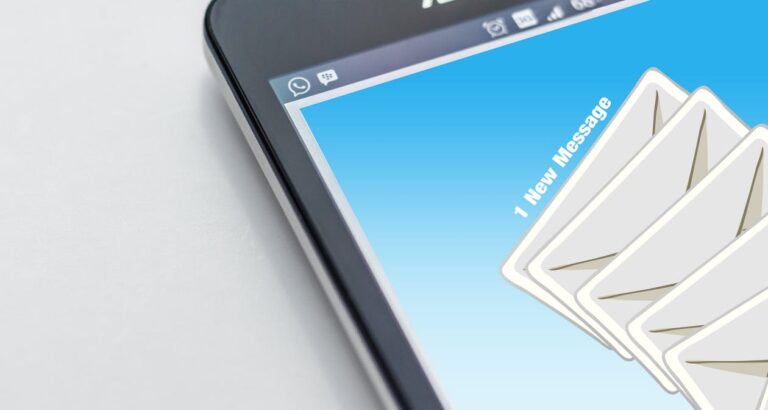Email marketing is an affordable option that allows nonprofits to build awareness, educate and hopefully help gain donations. When your nonprofit wants to reach out to your donors, chances are that you email them. There is never a shortage of emails in your donor’s inbox so how do you cut through the clutter and make sure that your email reaches your donor and gets clicked?
Here are tips to enhance your nonprofit’s email strategy:
- Purpose of your Email – Before you start creating your email, think about the purpose of your email. Is it to spread the word about an upcoming fundraising campaign? Are you notifying donors about how proceeds from an event made a difference for families in your community? Focus on one subject so the donor understands exactly why you are sending the email. Once you have decided on the email topic, create an outline with supporting bullet points that will encourage your donors to spur into action.
- Create a Catchy Email Subject Line – Think about what subject line would cause you to open up an email. A good rule to follow is to keep it shore and no more than 50 characters. Remember that in the mobile inbox, only about the first 35 characters of your subject line will be visible. There are online programs you can use to evaluate your subject line such as subjectline.com. Be aware of words that can cause spam triggers and do not use all caps in the subject line.
- Keep Your Messaging Short and to the Point – Shorter emails yield shorter turnaround response times. People receiving a long email usually don’t have the time to read it until later in the day or maybe after work. Just make sure that you have enough copy in your email to get your point across.
- Show Your Personality – Remember that you are writing to people so make sure to show your personality. Think about how you would carry on a conversation if you were sitting across the table from one of your donors at your local coffee hangout. Think of ways that you can inject your personality into your emails. One way to think about how to differentiate your voice would be to ask yourself this question: if your nonprofit was a person, what would they be like? Think of 3 to 4 adjectives that could describe your nonprofit. Then, when you are writing think about how those adjectives could be using in your writing.
- Create a contagious call to action – Your fundraising email should always include a call to action. Think of what type of action you want the read to take after reading your email. Keep these helpful pointers in mind when creating your call to action. Use action words that will encourage engagement such as act, change and transform. You also want to use colors that catch the eye. For example, red promotes urgency. Also remember that your email should only have one call to action. You don’t want your audience to get confused by multiple call to action buttons.
- Monitor your email metrics – Make sure that you are tracking your open rate which is the measure of how many people on your email list opened up your email. For nonprofits, the average open rate is somewhere around 25%. You also want to monitor your click through rate is the measure of how many people clicked on a specific link in your email message. By consistently looking at your campaign reports, you can start to understand what is working and what isn’t working in terms of your email marketing campaigns.





